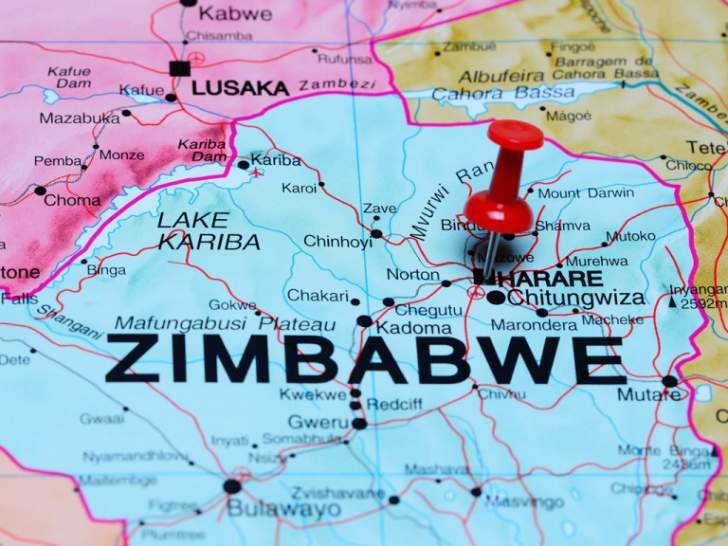ZIMBABWE'S foreign currency receipts are close to US$5 billion from January to date, which indicates that the country is generating sufficient forex to cater for its economic requirements, Industry and Commerce Minister, Mangaliso Ndlovu, said yesterday.
Based on such forex resources, he said there was no justification for the country to be experiencing foreign currency shortage, which has become a buzzword in business circles, and is being blamed largely for the prevailing economic challenges.
Speaking at the Employers' Confederation of Zimbabwe (Emcoz) annual congress in Bulawayo yesterday, Minister Ndlovu said when compared to other better-performing economies such as Kenya, which has 48 million people, Zimbabwe, being a smaller economy with a population of around 15 million, was not supposed to be short of foreign currency.
"When we look at our country the chorus has been that we have inadequate foreign currency.
"I think as a nation we need to have dialogue around our usage of foreign currency because we are a very small economy but we are using so much foreign currency. I don't understand why. When we look at between January to 6 September this year, foreign currency receipts are close to US$5 billion," said Minister Ndlovu.
"Countries like Kenya generate not more than US$2,5 billion annually but it's a 48 million population. What is wrong with Zimbabwe? It then tells us that our foreign currency usage is a problem, that's something we need to focus on. But also when we look at our foreign currency receipts, the lowest hanging fruit are exports."
Zimbabwe generates foreign currency mainly from exporting minerals such as gold, platinum and diamond as well as selling cash crops such as tobacco and cotton to international markets. Foreign currency inflows also come in through diaspora remittances and free funds.
Minister Ndlovu said Government has realised that the nation should now focus on trade and investment that promote the growth and development of the export sector to improve foreign currency inflows into the country.
"We have realised that as a nation we should focus on exports to stabilise our foreign currency needs. So, export-led industrialisation is one of the key pillars as well as innovation.
"We want to encourage innovation and you would realise that there is more focus now on research and development even at our institutions of higher learning, construction of innovation hubs and industrial parks are coming on board because we believe we can tap into this critical resource," he said.
Government has also come up with the National Industrialisation Development Policy (2019-2023) that envisions a contribution of 30 percent to the Gross Domestic Product (GDP) from the manufacturing sector.
At present, Minister Ndlovu said, the manufacturing sector's contribution to the country's GDP is averaging 10 percent, weighed down by low productivity due to a host of challenges facing the economy.
At its peak in 1997, the manufacturing sector's contribution to GDP was 25 percent. Minister Ndlovu said Government has also come up with a cluster development concept looking at existing sectors in the country.
"Cluster development, we are looking at the sectors that are existing in Zimbabwe currently and we have a committee that is looking at that comprising almost entirely the private sector and industry chaired by Dr Joseph Kanyekanye (CZI past president).
"They have given me indications that as a country we have more than 200 sectors and sub-sectors when other countries in the region are in the range of 90. But we have allowed most of these sectors to underperform yet in fact they could generate the much-needed economic performance that we are looking for," said Minister Ndlovu.
- chronicle
 Concern over Masvingo black market
Concern over Masvingo black market  Kenya declares three days of mourning for Mugabe
Kenya declares three days of mourning for Mugabe  UK's Boris Johnson quits over Brexit stretegy
UK's Boris Johnson quits over Brexit stretegy  SecZim licences VFEX
SecZim licences VFEX  Zimbabwe abandons debt relief initiative
Zimbabwe abandons debt relief initiative  European Investment Bank warms up to Zimbabwe
European Investment Bank warms up to Zimbabwe  Young Investment Professional (YIP) Graduate Programme 2019
Young Investment Professional (YIP) Graduate Programme 2019 











 Young Investment Professional (YIP) Graduate Programme 2019
Young Investment Professional (YIP) Graduate Programme 2019
Editor's Pick